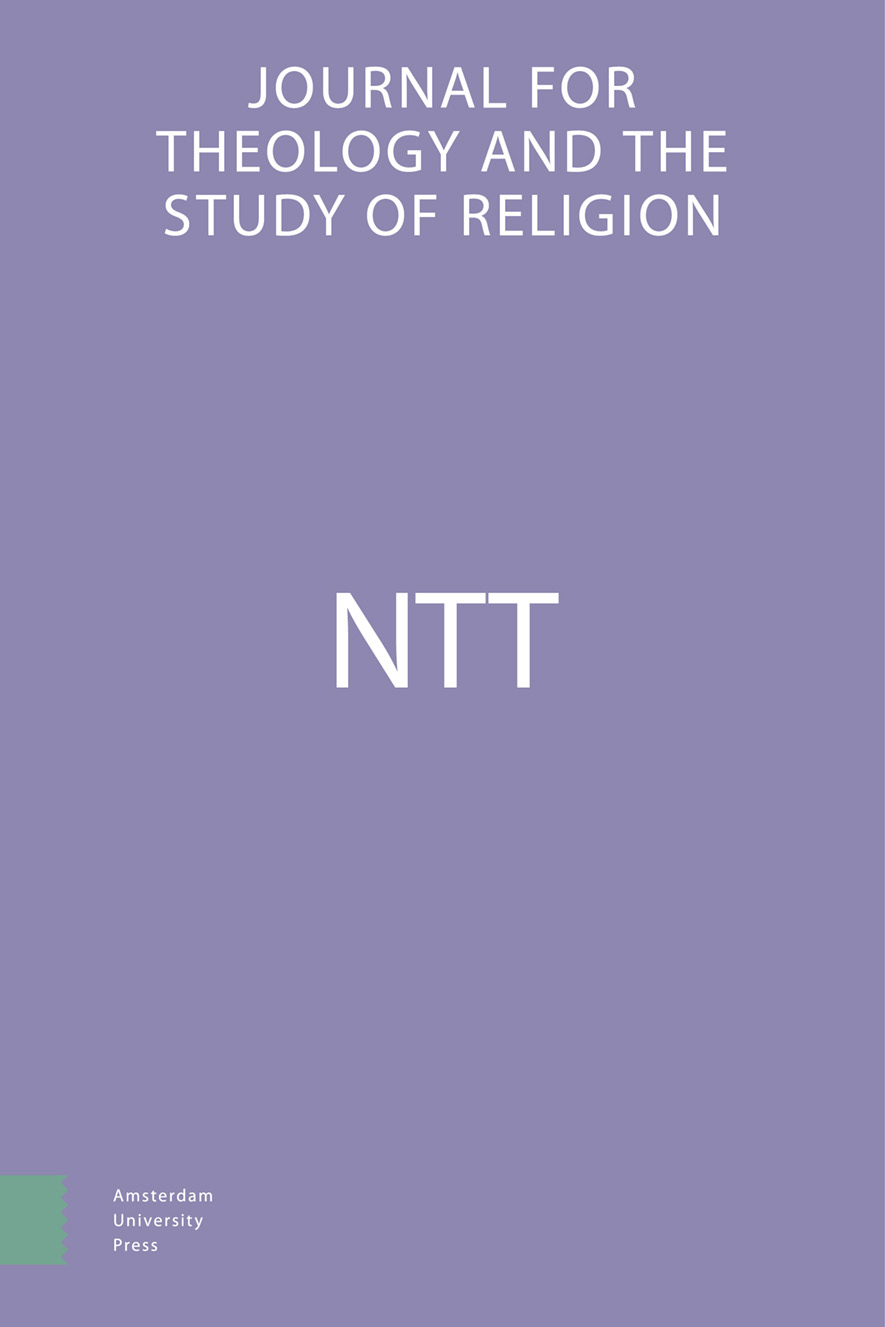-
oa Parabels in de oren van Joden uit de eerste eeuw. Een kritische lezing van Amy-Jill Levine’s Short Stories by Jesus
- Amsterdam University Press
- Source: NTT Journal for Theology and the Study of Religion, Volume 71, Issue 2, Jan 2017, p. 169 - 184
Abstract
In her book, Levine undertakes a double task: ‘How do we hear the parables through an imagined set of first-century Jewish ears, and then how do we translate them so that they can be heard still speaking?’ Levine astutely exposes anti-Jewish readings of the parables by Christian authors, but she is not equally critical with regard to the cut and dried opinions underlying her own analysis of what would characterize first century Jewish ears and a first century Jewish storyteller. Focusing on the parable of the ‘Workers in the Vineyard’ and on its themes of ‘labour’ and ‘reward’, we discuss Levine’s analysis of this parable and put it side-to-side with some early rabbinic texts featuring the same themes. The outcome is that Levine’s analysis is often steered by her own opinions of how the parable should be read (or not), without true regard for the actual early-Jewish interpretations, which offer a remarkable variety of views on ‘labour’ and ‘reward’.


